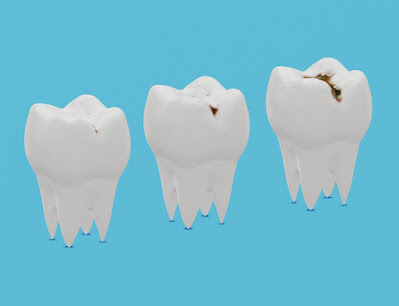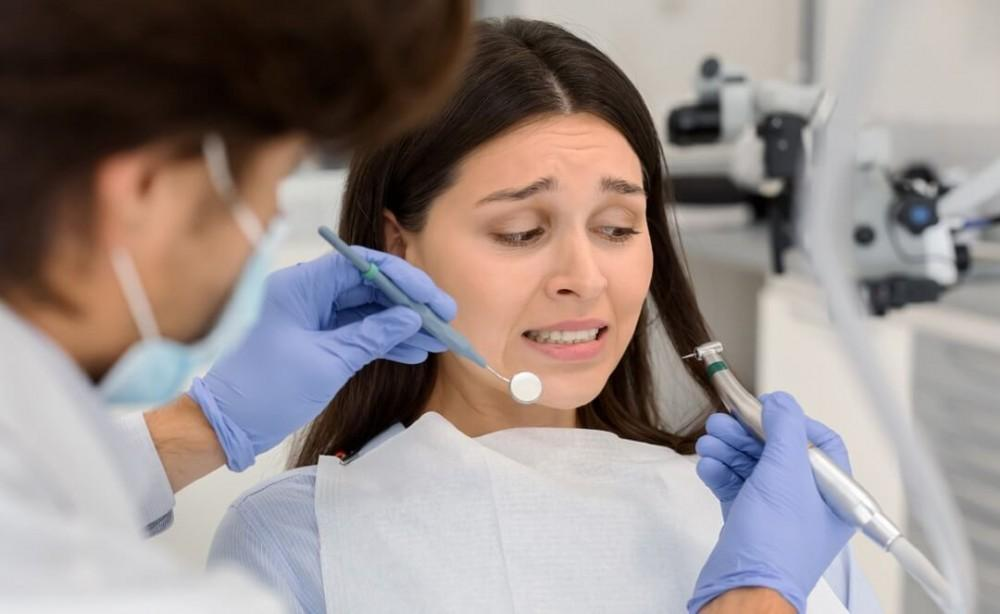Early Symptoms of Tooth Decay
Tooth decay, also known as dental caries or cavities, is a common dental problem affecting people of all ages. Recognizing the early symptoms of tooth decay is crucial for preventing further damage and seeking timely treatment. In this article, we will explore the various signs of tooth decay and emphasize the importance of seeking cosmetic dental services for effective treatment and restoration.
Tooth Decay Defined
Tooth decay occurs when bacteria in the mouth produce acids that gradually erode the enamel—the protective outer layer of the teeth. If left untreated, tooth decay can progress, leading to more significant damage, pain, and even tooth loss. While tooth decay is a preventable condition, it is essential to be aware of its early symptoms to address it promptly.
Common Early Symptoms
1. Tooth Sensitivity
One of the earliest signs of decay in the tooth is an increased sensitivity to sweet, hot, cold, or acidic foods and beverages. When enamel wears down due to decay, the underlying dentin becomes exposed, leading to sensitivity and discomfort.
2. Toothache or Pain
Persistent toothache or pain, especially when biting or chewing, may indicate tooth decay. As decay progresses and reaches the inner layers of the tooth, it can cause inflammation and irritation of the dental pulp, resulting in discomfort and pain.
3. Visible Changes in Tooth Color
Changes in tooth color, such as white spots or brown stains on the surface of the teeth, can be indicative of early-stage decay. These discolorations occur as minerals are lost from the enamel, weakening its structure and making it more susceptible to decay.
4. Bad Breath or Unpleasant Taste
Bacteria thrive in the mouth, feeding on food particles and sugars left behind after eating. As these bacteria break down food debris, they release foul-smelling gases, leading to bad breath or a persistent unpleasant taste in the mouth—a common symptom of tooth decay.
Importance of Seeking Cosmetic Dental Services
1. Early Detection and Treatment
Regular dental check-ups are essential for detecting tooth decay in its early stages. Cosmetic dental services, such as dental exams and cleanings, enable dentists to identify signs of decay and provide prompt treatment to prevent further progression.
2. Restorative Treatments
Cosmetic dental services offer a range of restorative treatments to repair and restore teeth affected by decay. These treatments may include dental fillings, dental crowns, or dental bonding, depending on the extent of the damage and the patient's specific needs.
3. Improving Aesthetic Appearance
In addition to restoring dental health, cosmetic dental services can enhance the aesthetic appearance of teeth affected by decay. Tooth-colored fillings and porcelain crowns can effectively restore the natural appearance of teeth, preserving their beauty and functionality.
4. Preventing Complications
Seeking cosmetic dental services for early treatment of tooth decay can help prevent complications such as abscesses, infections, or tooth loss. By addressing decay promptly, patients can avoid more extensive and costly dental procedures in the future.
Conclusion
Recognizing the early symptoms of tooth decay is essential for maintaining optimal dental health and preventing further damage. By being aware of common signs such as tooth sensitivity, pain, changes in tooth color, and bad breath, individuals can seek timely treatment from cosmetic dental services. Early detection and intervention not only preserve dental health but also contribute to a beautiful and confident smile for years to come.





Comments
Post a Comment